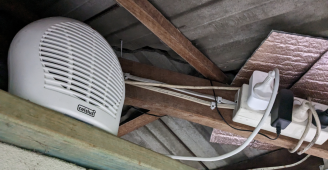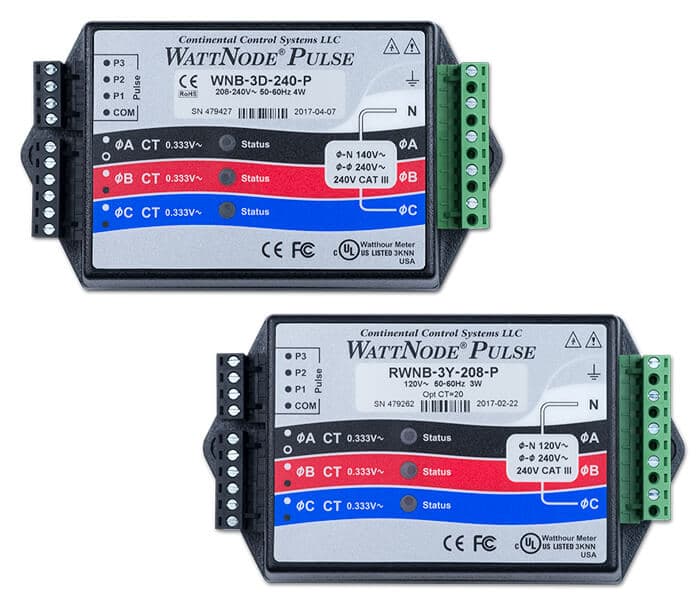kundip
Micro Inverter Enthusiast
This looks really good.I am interested to see how your experiment works once you get the higher-powered PWM.
You purchased the 20A model but looking at Amazon and AliExpress, there are 40A and even 60A models if you don’t want to run over 50% duty cycle or have a higher-powered Microinverter you want to feed with more than 10A of average current from a 25V battery.
They are also sold as both bare boards or enclosed in a perforated metal case: https://www.amazon.com/Controller-S...ocphy=9032082&hvtargid=pla-943841634848&psc=1
It’s unclear to me whether a metal case would be a net positive or a net negative (since it will greatly reduce airflow) but I’d be interested in your experience once you have a chance to test your 20A model.
I agree with kundip that chasing maximum efficiency is a fool’s errand, but on the other hand, efficiency loss translates to increased heat generation translates to premature wearout of electronics.
I have a few of the little DC-DC boosters I am planning to play around with but there are two things appealing about the PWM-based solution you are exploring:
1/ These PWM controllers seem like they may be true current sources as opposed to the DC-DC boosters which come close but have other things going on (buck or boost). A 10A PWM controller with 100% duty cycle may be the best / safest way to deliver 250W from a 25VDC battery to a Microinverter.
2/ Scanning some YouTube videos, efficiency of DCDC converters is typically ~85% - as low as 80% and rarely better than 90%, while the PWM controllers seem to deliver 95% efficiency. That extra 10% efficiency loss translates to more heat (+25W @ 250W output).
3/ The PWM controllers are much simpler than the DC-DC converters - just a current source being switched on an off at a known frequency. That represents the worst-case for high-frequency current ripple but the ripple you’ll have to deal with is clear and easy to model. So if you find a solution based on addition of a passive component or two to handle the current ripple of a PWM, it seems like you have a more bullet-proof solution than anything you could rig up with a DC-DC converter.
I’m not going to put any time into this until late this summer, but if your results are encouraging by that time, I’m thinking of exploring a solution using a 40A or even 60A PWM.
In my case, I’ll be feeding a 500W inverter with up to 350W of power (so up to 14A @ 25VDC).
And since I’m hoping to have a solution that supports dynamic load offset, I’m looking at using a bank of as many as 16 relays to deliver 16-distinct power levels based on switching in one of 16 different resistors to control duty cycle in place of the potentiometer.
The externally-wired potentiometer of these PWM controllers makes rigging something like that up much easier than it would be with a DC-DC converter…
So much fun in that lot.
It is looking more like this is a whole area ripe for ideas.
You guys have so many.
16 distinct power levels - WOW.
Looking at various videos, in this area, the devices being created are getting better & better.








